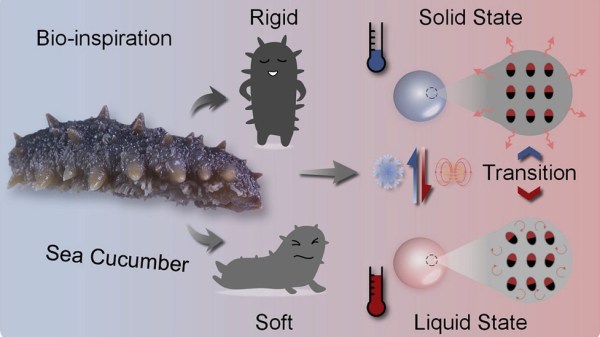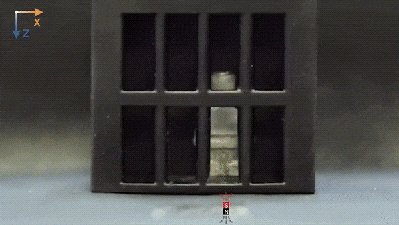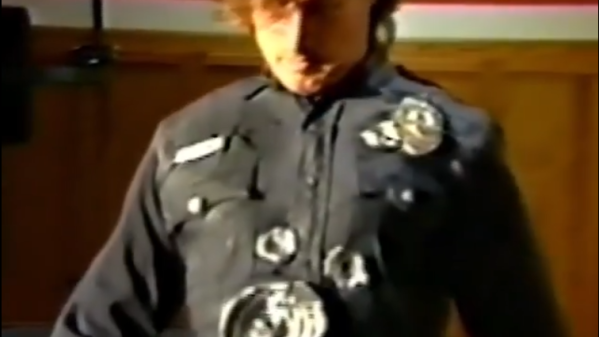In Terminator 2: Judgment Day it’s revealed that Skynet becomes self-aware in August of 1997, and promptly launches a nuclear attack against Russia to draw humanity into a war which ultimately leaves the door open for the robots to take over. But as you might have noticed, we’re not currently engaged in a rebellion against advanced combat robots.
The later movies had to do some fiddling with the timeline to explain this discrepancy, but looking at this 2024 Business Card Challenge entry from [M. Bindhammer] we think there’s another explanation for the Judgement Day holdup — so long as the terminators are rocking 555 timers in their chrome skulls, we should be safe.
While the classic timer chip might not be any good for plotting world domination, it sure does make for a great way to illuminate this slick piece of PCB art when it’s plugged into a USB port. Exposed copper and red paint are used to recreate the T-800’s “Brain Chip” as it appeared in Terminator 2, so even when the board isn’t powered up, it looks fantastic on display. The handful of components are around the back side, which is a natural place to put some info about the designer. Remember, this is technically supposed to be a business card, after all.
Continue reading “2024 Business Card Challenge: T-800’s 555 Brain”







 How was this accomplished? First of all, Winston and his team researched the correct “look” for the splash impacts by firing projectiles into mud and painstakingly working to duplicate the resulting shapes. These realistic-looking crater sculpts were then cast in some mixture of foam rubber, and given a chromed look by way of vacuum metallizing (also known as
How was this accomplished? First of all, Winston and his team researched the correct “look” for the splash impacts by firing projectiles into mud and painstakingly working to duplicate the resulting shapes. These realistic-looking crater sculpts were then cast in some mixture of foam rubber, and given a chromed look by way of vacuum metallizing (also known as 











